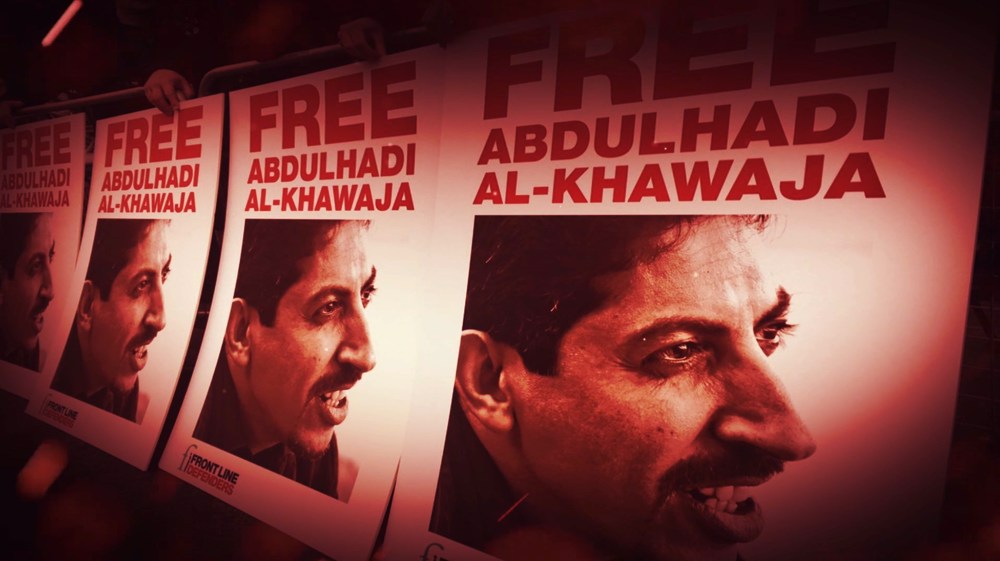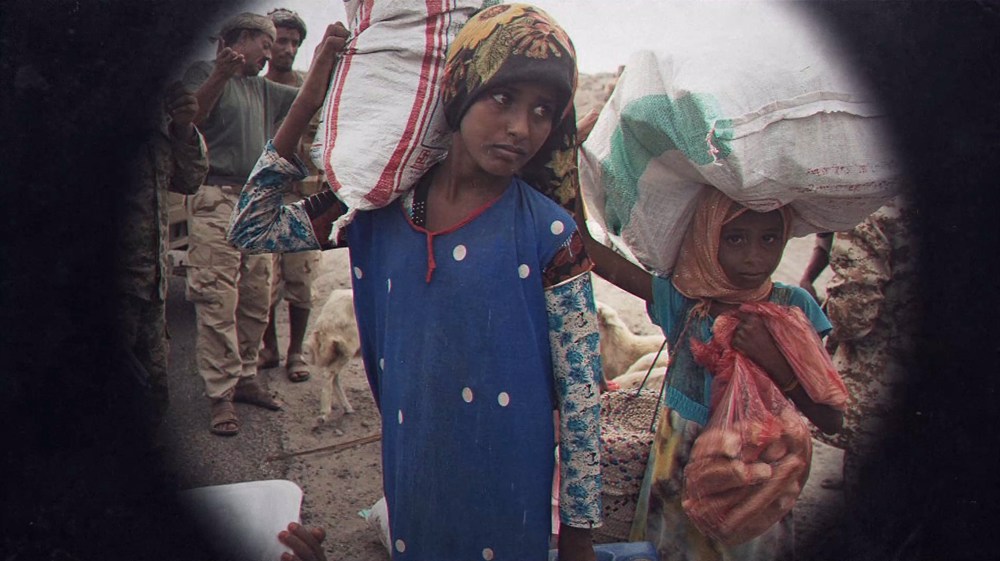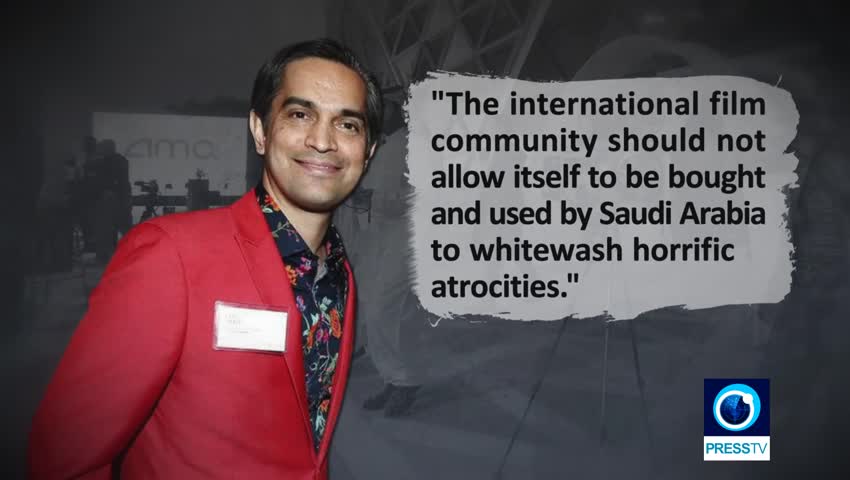Grand Mosque seizure
On the morning of November 20, 1979, up to 500 militants attacked the Grand Mosque (Al-Masjid al-Haram) in Mecca, Islams holiest site. Led by a 43-year old religious fanatic, one Juhayman al-Otaybi, the group occupied the Grand Mosque for nearly two weeks, in the process shaking the Saudi regime to its core.
The ensuing gun battles, and attempts by Saudi security forces to retake the mosque, officially cost over 255 lives, including 127 members of the security forces. The ringleader, the charismatic Juhayman, survived the security operations only to be later executed alongside 67 of his followers.
For four decades, the Saudi regime capitalized on the myth that its security forces had suppressed the uprising largely on their own, thus dealing a mortal blow to emerging and potential security threats. This official narrative largely prevailed, helped in no small measure by the fact that no major security incident took place in Saudi Arabia for 15 years, until a car bomb outside the offices of the Saudi National Guard in November 1995 claimed the lives of five US citizens. But that narrative has now been punctured, thanks to the early February episode of 'The Hidden is More Immense', a TV program by the Qatari broadcaster, Al-Jazeera.
'Capitulation': Israeli officials and media concede Gaza defeat as truce unfolds
'Gaza has won': Social media users react to ceasefire with mix of relief, joy
Iran seeks South Korea’s assistance for AI, fiber-optic projects
VIDEO | Iran's 'Eqtedar' (Power) maneuver
Israel hits HTS military target in Syria for 1st time since fall of Assad
VIDEO | Press TV's news headlines
Israel has slaughtered 13,000 students in Gaza, West Bank
VIDEO | More Zionist than Zionists: Biden’s legacy to be defined by Gaza genocide









 This makes it easy to access the Press TV website
This makes it easy to access the Press TV website